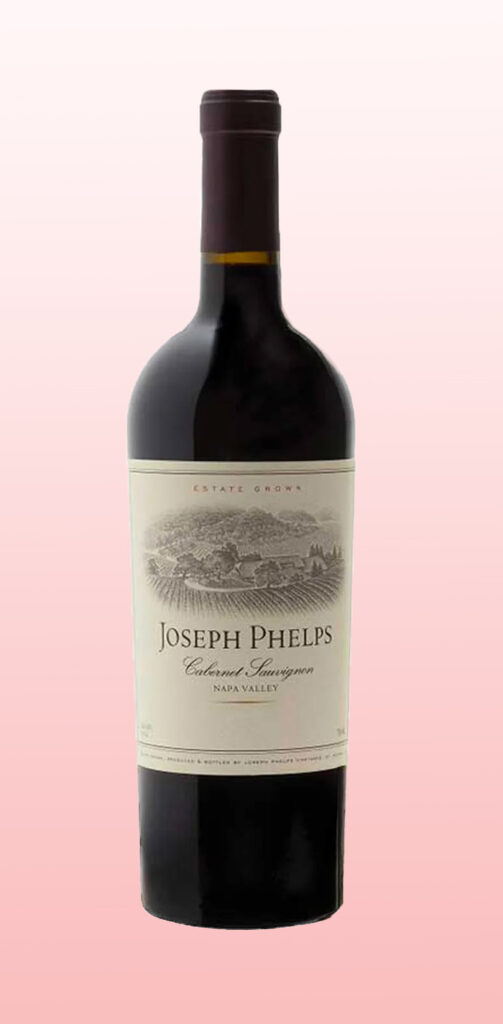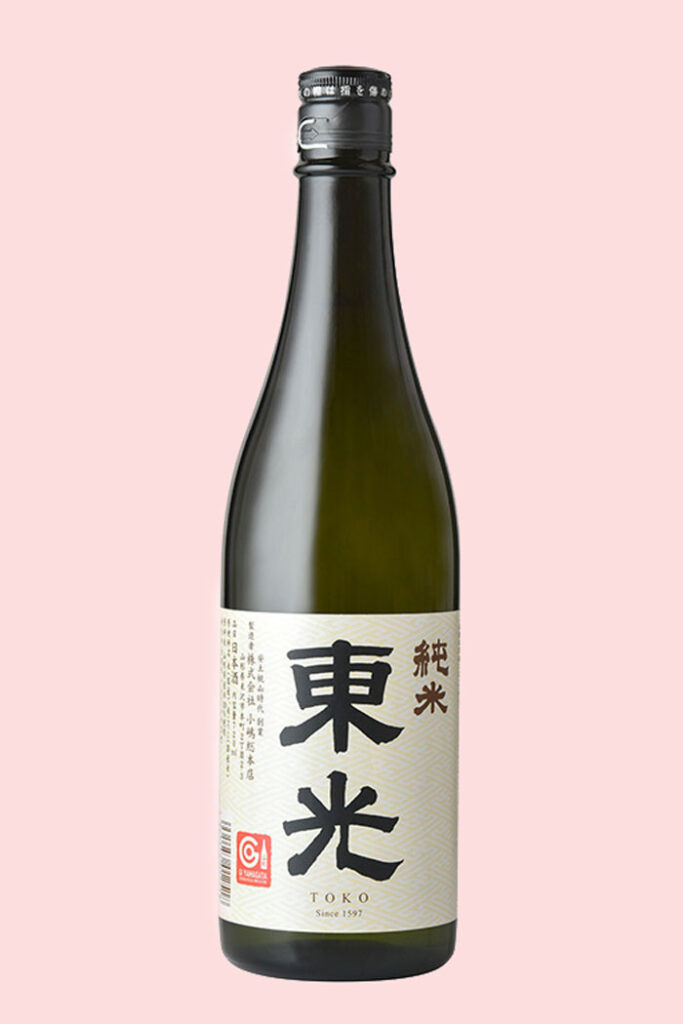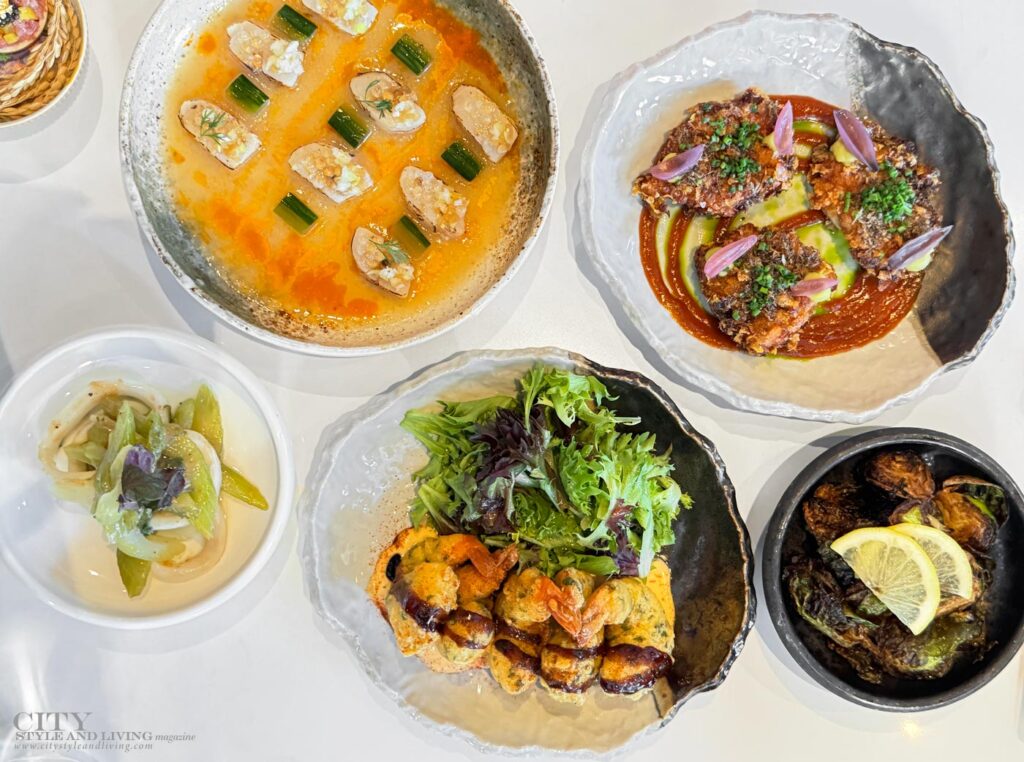
Let’s talk AOC, tokaji and crémant. Then we’ll decipher clues on your bottle of wine. And, we’ll end with a sip or two (or more)!
MIC DROP
Want to utterly impress your sommelier the next time you’re out? Name drop these wines.
Gruner Vetliner
A super dry white wine grown predominantly in Austria. The green grapes ripen in mid-fall and, because of the cool climate, retain their crisp acidity, signature green-yellow colour, and herbaceous notes.
Tokaji
This sweet wine from Hungary’s Tokaj region is made from grapes with noble rot (the grey fungus known as Botrytis cinerea). They range in style from dry (Tokaji Furmint) to very sweet (Eszencia).
Super Tuscan
This refers to red wine from Italy’s Tuscany region that are not classified within the DOC/G designation. The Italian sangiovese grape as well as varieties known to resemble France’s Bordeaux style (Cabernet Sauvignon, Merlot, Cabernet Franc) are used in combination to produce this style.
SKIP DESSERT SIP AMARONE
As a proud Verona native, Juliet would love this rich Italian wine. Made from Rondinella and Corvina grapes that are dried for between one hundred to one hundred and twenty days to allow maximum contact with the skin, Amarone is known as a high alcohol (the minimum is 14%), high tannin, low-acid wine with intense colour and full body. Grown on the sloped limestone hills of Verona, Villalta Amarone della Valpolicella Classico DOCG (above) is a luxuriously round ruby wine with dark cherry fruit against a complex bouquet and length of finish making it worthy of a slow sipper. Didn’t we say you should skip dessert for this!

SPRING SPARKLER
Pink bubbly is the ultimate spring sipper; ideal for wedding showers, parties and intimate celebrations. If you have a tight budget but still want the refinement of champagne, crémant de Bourgogne is an excellent alternative. It is made in the same method as champagne, just in a different region of France (Burgundy instead of Champagne). Louis Bouillot was founded in the late 19th century in Nuits-Saint-Georges and the Perle d’Aurore Rosé Brut is an intricate combination of Pinot Noir, Gamay and chardonnay, resulting in a complex sparkling with perceptible notes of strawberry, cherry and crisp grapefruit. The elegant salmon hued crémant with delicate effervescence is well suited to desserts.

TAKE A TRIP TO CÔTES DU RHÔNE
Stretching 200km from Vienne in the north to Avignon in the south, the Côtes du Rhône is a designated AOC (Appellation d’Origine Contrôlée) region of France. That means that if your bottle is labelled Côtes du Rhône it must come from this protected and defined area. Red, white and rosé wines are produced from 21 allowed grape varieties. The northernmost Rhone (septentrional), produces mostly syrah on steep slopes while the southern region (méridional), is dominated by granache, syrah and mouvèdre grapes. These food-friendly wines with ripe fruit balanced with spice and soft tannins are both approachable and affordable.
CSL Faves:
Ogier Héritages
Deep garnet colour with a good balance of spice against plum and dark fruit. Silky and rich, with good structure and tannins.
Xavier Vignon Côtes du Rhône
Full bodied with dark cherry and ripe fruit with notes of dark chocolate and soft tannins.

MEET THE NEW WHITE: PINOT GRIS
Have a case of ABC (anything but chardonnay)? Reach for a glass of a refreshing white – Pinot Gris. By now, you should know that terroir (the soil and region in which the grape was grown) plays a huge difference in ultimate flavor, and pinot gris illustrates this contrast well. Pinot Gris is generally available in three styles: Italian Pinot Grigio, Northern French Alsace and German Ruländer. While Italian grapes are picked young to maintain their zesty acidity and light body, new world regions like Australia, New Zealand and the Northwestern USA, echo the Alsatian variety, producing more viscous, low acid wines with full body that impart mostly melon, pear and apple aromas. Ruländer lies in the middle, with crisp freshness without overt fruitiness resulting in a more neutral wine.
CSL Picks:
Chateau Ste. Michelle 14 Hands Pinot Gris. Green apple, honeysuckle and melon come through in the crisp wine from Washington state.
Thornbury Pinot Gris. Fresh, floral and textured. A medium bodied wine with notes of pear and lychee and refreshing acidity from New Zealand.

A CLOSER LOOK AT CARMENÈRE
After arriving in South America during the late 19th century due to the phylloxera epidemic in Europe, the grape thrived in Chile’s central valley where it remains the world’s major producer. Single varietal carmenère produces a deep, rich red wine with a combination of dark fruit, spice, smoke and earthiness but with softer tannins than its relative cabernet sauvignon. As one of the original six red grape varieties of Bordeaux, carmenère was originally planted in France for blending.
Try These:
Carmen Gran reserva: Intensely full bodied with a deep violet colour. Notes of berries, plum and cherry with herbaceous and spice aromas reminiscent of baking.
Casa Silva Coleccion: A lighter style with dark, sweet fruit with echoes of smoke and pepper and gentle roundness.

WINE LABELS AND CAPS
Here are the three types of wine coverings you’ll come across most often: cork, screw cap and crown cap. Think only cork is suitable for a good wine? While cork is best for ageing fine wines, a screw top and crown cap are good for wines meant to be drunk now.
Decode your wine by reading the back label which reveals more than you may think.
GETTING TO KNOW MAJOR GRAPE VARIETIES OF SOUTH AMERICA

Chile
Carmenere
Merlot
Cabernet Sauvignon
Sauvignon Blanc
Argentina
Merlot
Cabernet Sauvignon
Syrah
Chardonnay
Uruguay
Tannat
Merlot
Chardonnay
This original article first appeared in the Spring 2019 issue of City Style and Living Magazine. #CityStyleandLiving: Instagram, Twitter, Facebook, Pinterest












